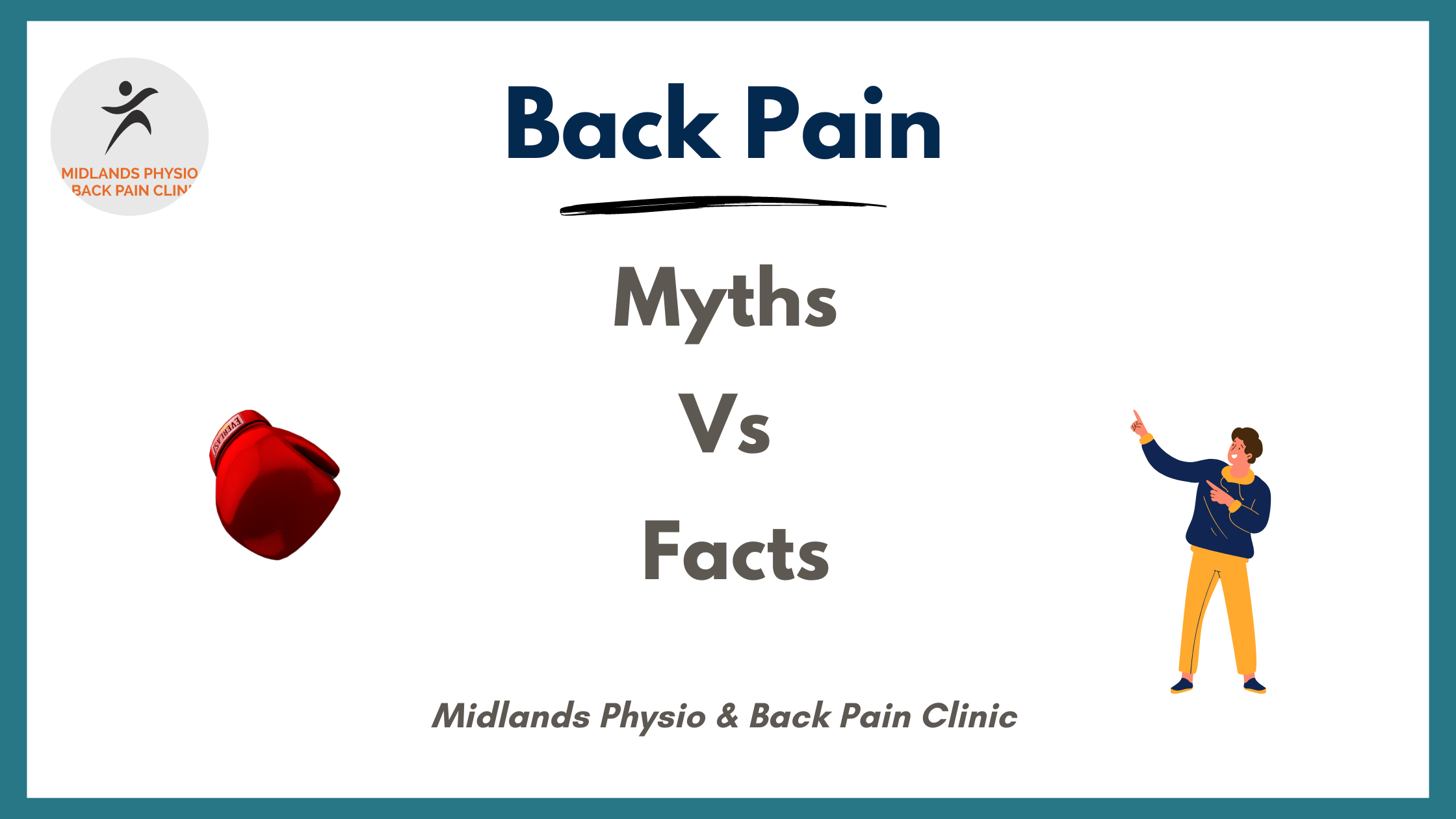How To Get A Better Nights Sleep When You Have Back Pain
Getting enough restorative sleep is vital in helping your body overcome pain. While many of my back pain patients often think that they get a great 8 or 9 hours of sleep, they can still be waking up feeling exhausted and in pain.
Studies in which they used heart rate monitors to measure sleep in people who had back pain have shown that many of them were still in a ‘fight or flight’ response when they slept. This can mean that they waking up feeling sore and stiff and find it a real effort to bend over and put their socks on.
In this post I am going to share with you a bedtime routine from my online back pain course that will help you get into rest and digest before bed and help your body naturally recover and replenish.
It combines mindfulness with our unique breathing strategy in positions that will help restore the lengthening and shortening ability of the pelvic floor and diaphragm. When we allow the diaphragm to lengthen, the abdominals activate naturally which helps to relax the lower back muscle.
This exercise should be done every morning and evening for at least a week in order for you to start feeling the benefits.
With all of our patients we like to use an outcome – skills – practices model when helping them achieve their outcome.
Here is an example.
Outcome: To get a better nights sleep
Skill: To be able to access rest and digest
Practices: Bedtime routine which I am about to share with you below
Here is how you do it:
To begin, sit on the side of your bed.
Step 1
Breathe lightly through your nose for at least 2 minutes, slowing the air as it travels through your nostrils. Focus on a calm and quiet breath as you do this.
STEP 2
Keep your tongue on the roof of your mouth at all times placed slightly behind your teeth. Keep your teeth slightly apart and lips gently pressed together to help open your airways and relax your jaw.
STEP 3
Think of a loving memory or a memory of feeling safe, one that makes you feel relaxed and happy. Continue to breathe lightly and only inhale 80% of a maximum breath, so you have a small hunger for air throughout your breathing.
Step 4
While focusing on a spot or something directly in front of you, instead of exhaling, hum for as long as possible for a total of three breaths until your ribcage is moving and you are beginning to feel relaxed. After three complete hums and when you are beginning to feel completely relaxed, revert back to breathing out through your nose and close your eyes, relaxing even further.
STEP 5
As you perform steps 1-4, check in on your body. If you are lying on your side, bring your knees to your chest so your hips are 90 degrees flexed. Just like relaxed sitting above, allow your low back to relax and your top shoulder to drop forward slightly to allow the low back muscles to relax.
By now your thoughts, emotions, and body (behaviour) should be on ‘useful’ things, in ‘rest and digest’ setting you up for a great night’s sleep or a great day ahead.
Be patient as it will take practice
It may take practice and time to get used to allowing your back to relax in bed so don’t worry if you struggle with this at first. In total I recommend aiming for 5 minutes of calm breathing at night, building it up to 10 minutes over the course of a few weeks. If you back is very sore you can also make this into a morning routine and allow some time to do some breathing in the morning time also.
Of course, there are other elements that you can add in to a bedtime routine that can begin up to 2 hours before you go to bed. If you want to learn more then click here to read our 7 tips to a better nights sleep post.
If you want more free help like this
If you are struggling to do your key everyday movements such as sitting, sleeping and standing then you can get free access to my 25 page guide that shows 5 key steps to help you do this with less back pain.
To access this free guide simply click the button below.










